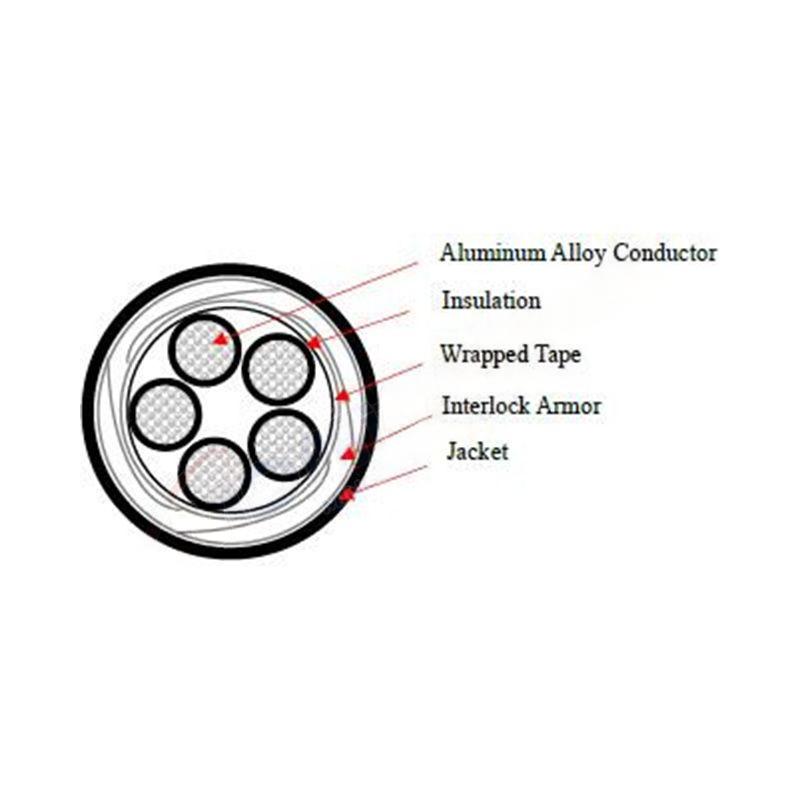11 月 . 02, 2024 08:38 Back to list
3 way ball valve
Understanding the 3-way Ball Valve
The 3-way ball valve is a versatile component widely used in various industrial applications for controlling the flow of fluids in pipelines. Unlike traditional two-way valves, the 3-way ball valve provides a more intricate solution to flow management by offering three ports instead of two. This design allows for different flow paths, making it an essential element in many systems.
Design and Functionality
The 3-way ball valve consists of a hollow, perforated ball that rotates within the valve body to control the fluid flow. It features three ports one inlet and two outlets or vice versa, enabling the valve to divert or mix fluids. The valve can be configured in several ways, including L-port and T-port designs. The L-port configuration allows for two inlet/outlet combinations, while the T-port configuration can connect all three ports simultaneously.
Applications
The versatility of the 3-way ball valve makes it suitable for various industries, including water treatment, oil and gas, chemical processing, and HVAC systems. It is commonly used for directing the flow of media, either by switching between two sources or mixing two fluids. For instance, in water treatment plants, the valve can control the flow from chemical dosing systems. In HVAC systems, it regulates water supply to different zones for efficient temperature control.
3 way ball valve

Advantages
One of the primary advantages of 3-way ball valves is their ability to provide precise control over fluid flow. Their design minimizes turbulence and pressure loss, maintaining system efficiency. Additionally, these valves offer quick operation; a quarter turn is all that is needed to open or close them completely. This rapid response time is crucial in applications requiring immediate adjustments.
Another significant benefit is the valve's durability and reliability. Most 3-way ball valves are constructed from high-quality materials such as stainless steel or brass, making them resistant to corrosion and wear. This durability extends the lifespan of the valve, reducing maintenance costs and downtime.
Conclusion
In summary, the 3-way ball valve is an essential tool in managing fluid flow across numerous industrial applications. Its design allows for greater flexibility, efficiency, and precision, making it a preferred choice over traditional valves. As industries continue to evolve and seek advanced solutions to handle complex fluid dynamics, the 3-way ball valve will undoubtedly remain a key player in fluid control technology. Its reliability and performance ensure that operations run smoothly, highlighting its importance in modern engineering and industrial practices.
Share
-
Understanding the Differences Between Wafer Type Butterfly Valve and Lugged Butterfly ValveNewsOct.25,2024
-
The Efficiency of Wafer Type Butterfly Valve and Lugged Butterfly ValveNewsOct.25,2024
-
The Ultimate Guide to Industrial Swing Check Valve: Performance, Installation, and MaintenanceNewsOct.25,2024
-
Superior Performance with Industrial Swing Check Valve: The Essential Valve for Any SystemNewsOct.25,2024
-
Industrial Swing Check Valve: The Ideal Solution for Flow ControlNewsOct.25,2024
-
You Need to Know About Industrial Swing Check Valve: Functionality, Scope, and PerformanceNewsOct.25,2024